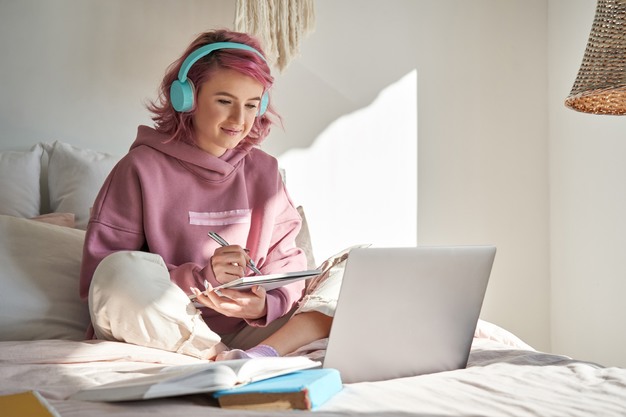The National Bed Federation (NBF) has released its 17th annual Consumer Bed Buying Survey, uncovering evolving trends in how UK consumers approach bed and mattress purchases. Based on responses from 1,000 adults who purchased beds or mattresses in the last year, the survey captures a picture of changing preferences, sustainability awareness and growing digital influence, particularly among younger demographics.
 © Dark1elf | Dreamstime
© Dark1elf | Dreamstime
Despite economic headwinds, average mattress spending has increased by 8.4% to £645, up from £595 in 2024. While 72% of shoppers still spend up to £799, 40% continue to seek out options under £400.
Consumer interest in sustainability remains strong, though generational divides persist. While 73% of all respondents said they are willing to pay more for a 'greener' mattress—designed to avoid landfill disposal—only 59% of those over 55 agreed. Just 14% of this age group were willing to pay between 11–20% more for sustainable options, compared to 37% of 35–44-year-olds and 36% of 16–24-year-olds.
Meanwhile, mattress-only purchases accounted for 52% of sales, slightly down from 55% last year. Bedsteads continued their upward trajectory, now included in 29% of purchases, up from 24.5% in 2023. This trend is particularly pronounced among 25–34-year-olds (50%) and 16–24-year-olds (40%). In contrast, traditional divans remain most popular among the over-55s at 19%.
Material preferences are also shifting. Foam remains the top mattress type (44%), especially among younger consumers, while older buyers lean towards pocket springs. Memory foam has declined slightly in popularity, while natural fillings account for 12% of comfort layers. Roll-up mattress sales fell to 23.5%, down from 26% in 2023.
Add-on purchases are robust: 66% of buyers purchased pillows, 69% added duvets or sheets, and 49% opted for mattress protectors. Additionally, 28% later bought a topper pad, indicating that consumers may struggle to find the ideal mattress first time.
Social media's role continues to grow, with 20% of consumers using platforms like Instagram and TikTok to research purchases—up from 17.5% in 2024. This trend is strongest among 25–34-year-olds (38%) and 16–24-year-olds (30%), but remains minimal among over-55s at just 6%.
Significantly, second-hand mattress purchases have halved from 4% to 2%, and buying from unregulated sources like vans has also dropped from 2% to 1%.
More information:
National Bed Federation (NBF)
[email protected]
www.bedfed.org.uk










